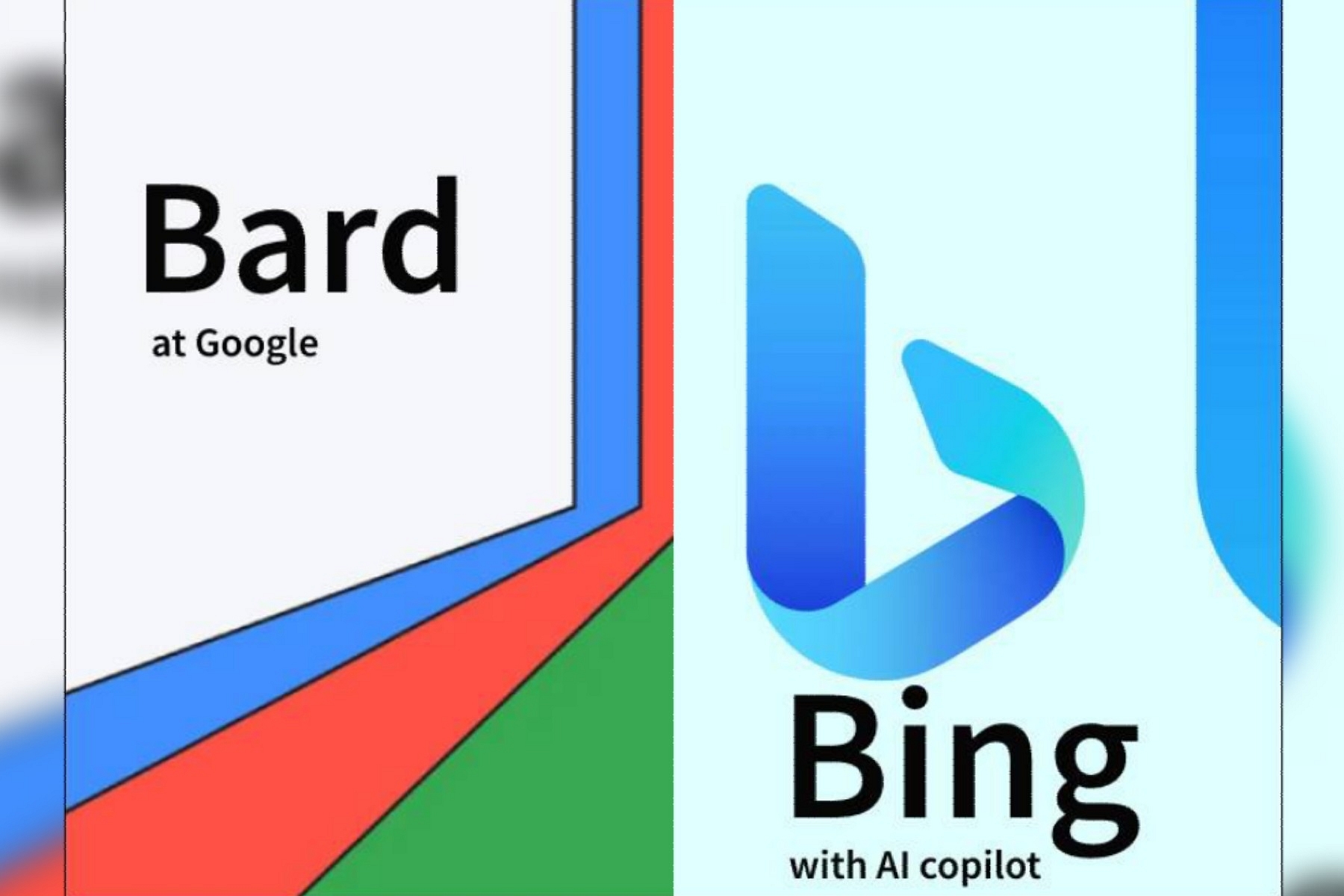Tech
Google’s Bard Now Joins Microsoft’s Bing In Bringing AI-Powered ChatGPT-Like Experience To The Browser
- Google has released Bard worldwide: its own avatar of AI-fueled chat in the browser
- Microsoft had already rolled out an ‘AI co-pilot’ to the Bing browser
- Both claim improvements on ChatGPT which began the trend last year
- Big result: Generative AI has been democratised and is available, free, for the 'aam aadmi'

On 10 May, at the Google I/O conference, the company opened access to its own experimental AI chat tool, Bard, across 180 countries
There is a cool new breeze blowing through two of the world’s most-used Internet browsers and their search engines. It has transformed the search experience to a whole new level of machine-made creativity.
Hardly five months after a virtually unknown company, OpenAI unveiled the Artificial Intelligence-fueled ChatGPT tool before an astonished world, Generative AI, the technology it triggered, has percolated to the level of a mass application — the Web browser-search engine combo.
In February, Microsoft cannily shortened its development cycle by tying up with OpenAI, to use ChatGPT under the hood of its search engine, Bing.
Specifically, one has to use Microsoft’s Edge browser, to access Bing, then click on the BingChat button to get the functionality of the latest ChatGPT 4 release.
How does it improve the search experience?
Microsoft CEO Satya Nadella said:
“There are 10 billion search queries a day, but we estimate half of them go unanswered. That’s because people are using search to do things it wasn’t originally designed to do. It’s great for finding a website, but for more complex questions or tasks too often it falls short. We have brought together search, browsing and chat into one unified experience you can invoke from anywhere on the web”.
Here is a link to launch Microsoft Edge with BingChat .
Microsoft has been quick to bring the tool to mobile devices, via apps. Here is a link to launch the "Bing Chat with AI and GPT-4” app for Android devices.
Google catches up
On 10 May, at the Google I/O conference, the company opened access to its own experimental AI chat tool, Bard, across 180 countries and made it available for free to all users of any of its Workspace tools, including Gmail.
It is still tagged as an experiment with a reminder that it “may give inaccurate or inappropriate responses”. But this appears to be more of a legal disclaimer, and any one can try out Bard by going to https://bard.google.com/.
It is currently available in English among three international languages — and no plans for any Indian language have been announced as yet.
Google has used its own AI language called LaMDA for Language Model for Dialogue Application, rather than harnessing ChatGPT.
Riding on the back of Google, Bard has one significant advantage over raw ChatGPT — the fact that it can integrate results of web search into archival information. Nadella’s remarks seem to suggest that BingChat does likewise, thanks to Edge.
The combo of browser plus AI-fueled chat makes for a very superior result where the inherent creativity of the generative AI tool gains immeasurably from the latest updates — data-wise that a browser like Google or Edge can provide through live searches.
Google has not yet launched a mobile version of Bard — I could not find a Bard app in the Play Store though some deceptively named other apps may confuse. But using the link given above, I could use Bard on my handset, without too much difficulty.
The original ChatGPT is still around though, everything suggests it may soon go behind a subscription wall. By providing the same — and arguably improved — functionality, the two popular browsers have democratized AI-assisted creativity in a way that was unimaginable, a year ago.
And to underline that such innovation is a moving Window, Microsoft recently added an Image Creator button to the BingChat tool allowing a user to create an image just by describing it in words. Another reason add-on is introducing chat history so that you can go back to an earlier chat and reuse it.
Google on its part has promised that Bard too will go visual, allowing one to create documents with embedded pictures and integrating the Google Lens image finder tool into the chat.
A masala mix of textual, visual and audio information, spun into anything you care to create with a little help from AI — that would seem to be very much doable in the not-too-distant future of web search.
Support Swarajya's 50 Ground Reports Project & Sponsor A Story
Every general election Swarajya does a 50 ground reports project.
Aimed only at serious readers and those who appreciate the nuances of political undercurrents, the project provides a sense of India's electoral landscape. As you know, these reports are produced after considerable investment of travel, time and effort on the ground.
This time too we've kicked off the project in style and have covered over 30 constituencies already. If you're someone who appreciates such work and have enjoyed our coverage please consider sponsoring a ground report for just Rs 2999 to Rs 19,999 - it goes a long way in helping us produce more quality reportage.
You can also back this project by becoming a subscriber for as little as Rs 999 - so do click on this links and choose a plan that suits you and back us.
Click below to contribute.
Latest